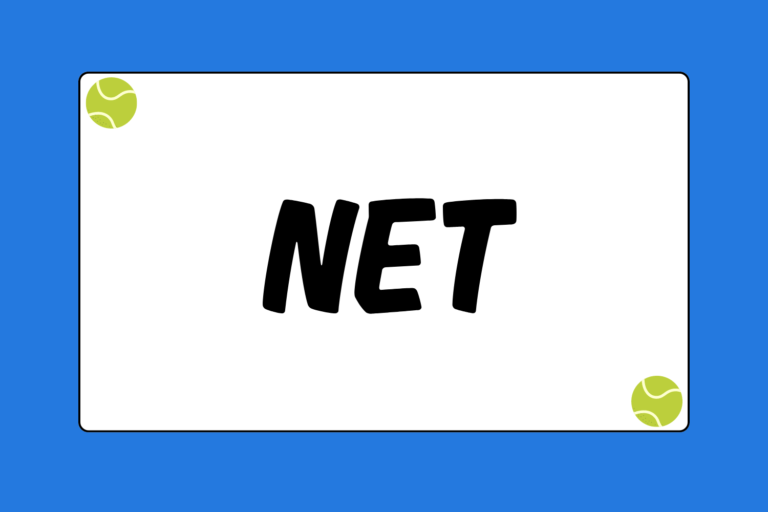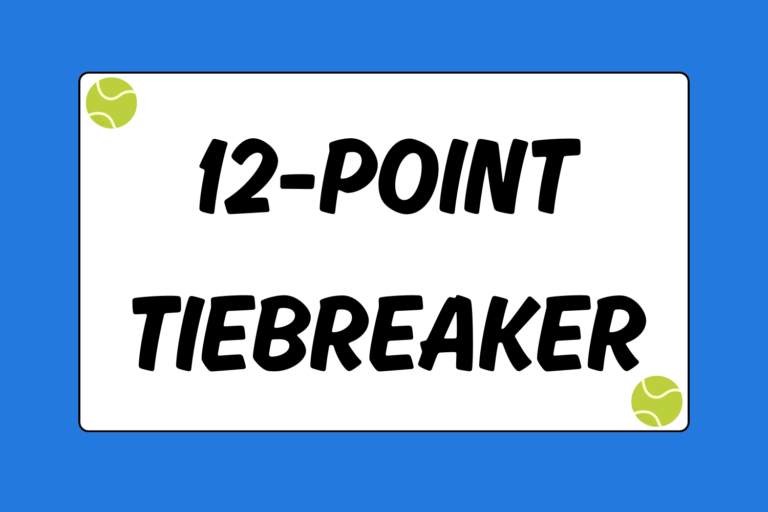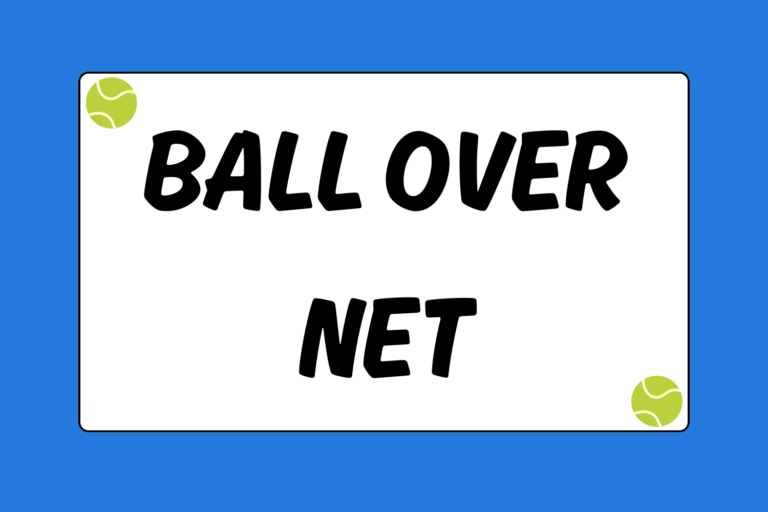Singles players generally receive all of the attention; they bask in the limelight and get everything from high fives to television coverage. Doubles players, though, actually account for a huge portion of tennis’ demographic. At the recreational level, you’ll likely see more doubles players than singles, especially amongst older crowds. Doubles is physically demanding, but you can continue playing much later into your tennis career while avoiding common injuries. Not to mention, doubles is really fun.
The game is very different from singles, as the boundaries, course of play, and strategy all change with four people on the court. This guide explains the basics of how to play doubles.
On the Serve
Just like in singles, service changes sides after every game. So if your team begins the set on serve, your opponents will serve games two, four, six, etc. Each individual player serves every fourth game, though, since you have to go through a full rotation before you can serve again. How you choose this order is up to your team and is decided at the beginning of every set. Most teams generally have their stronger server serve first, so he’s guaranteed as many serving games as possible. You cannot change this order until the beginning of a new set, however.
Here are some specific tips for each team member when on serve:
As the Server
Service games always begin in the deuce court. Servers can stand anywhere on the designated half of the baseline, but most players tend to line up out wide, about two or three feet from the singles sideline. Lining up near the sideline allows for a good out-wide serve, which can set up the net player for an easy volley on the return to close out the point. Once a point ends, the server alternates to the other side of the court to begin serve.
Hot Tip: Don’t Sit Back
The team that gets to the net more often generally wins the match. Serving gives you a great opportunity to crash the net, so be aggressive after your serve. If you hit a good serve, move in right away and put pressure on your opponents. You might want to be more cautious on second serves, though, because the returner might have an opportunity to close out the point if you leave the ball sitting in the middle of the court and rush the net.
As the Net Player
While the server’s partner may stand anywhere on the court, most players line up at the net. This is the standard doubles formation. You should take one or two steps in towards the net from the center of the service box. You don’t want to line up too close to the net, though — you need time to react to your opponent’s shot.
While you should be wary of a down-the-line return winner, look for a crosscourt return that you can close out. Hitting down the line is much riskier than hitting crosscourt, so challenge your opponent to blow the shot past you. Don’t give him too much of the alley, though, or you’ll hand out some freebies. You just want to give him enough space that he’s tempted to hit down the line, while also giving yourself enough time to react to a down-the-line or crosscourt shot. Work the angles on your volleys and avoid hitting the ball at the opposing net player.
On the Return
Talk to you partner and determine who’s better off returning serves from the deuce court and who’s more comfortable from the ad court. Choosing a side is absolutely paramount to breaking serve. Since you’ll stay on the same side of the court for the entire set, you want to put your team in the best position to win the point.
Once you establish sides, here are some tips for each teammate when returning serve:
Mental Edge
How you line up affects more than just your serve return. A lot of variables come into play, especially if your teammate’s dominant hand is the opposite of yours. For example, some teammates with opposite dominant hands prefer lining up so every shot that’s hit out wide goes to their forehand side (by playing the righty in the deuce court and the lefty in the ad court). Figure out what strategy works best for your team, and stick with it from match to match.
As the Serve Returner
The serve returner should focus on one objective: Return the ball away from the opposing net player. For the most part, hitting a crosscourt return back to the server is the safest bet. Here are a few different situations, though, that may arise on the return:
- The server stays back: Here, you simply want to hit the ball crosscourt to the server. If you can keep the ball deep and make the baseline player move, try to rush the net. Otherwise, continue hitting crosscourt until an opportunity presents itself to either move in or close out the point.
- The server charges the net: This is a dangerous scenario because you don’t want the opposing team to establish themselves at the net. Your best bet is to hit at the server as he’s still moving in, but don’t aim your shot directly at him. Instead, aim the ball either at his feet or out wide towards the doubles alley. You can also try a topspin lob over the net player’s head.
If you’re playing against an aggressive net player, try to hit a down-the-line winner from time to time. Even if you commit an unforced error, you have to keep the net player honest and make him guard the alley. If you keep hitting crosscourt shots, he might anticipate your return, poach, and close out the point. And never leave a crosscourt shot floating near the middle of the court — this is the easiest ball for a net player to finish.
As the Net Player
If you’re playing the net, help your partner out by watching the serve. You should line up on the service line near the center of the box; this will give you a clear vantage point on where the serve bounces. If you see the ball land out, call it out immediately. Don’t rely on your teammate to call the serve. Some teams prefer to have the net player make all of the calls, while the returner simply focuses on getting the ball back crosscourt.
Once the ball is in play, you have to react to the situation. Here are the two likely scenarios that may happen off your teammates’ serve return:
- He returns the ball crosscourt: This is the ideal scenario, and you have to be ready to move. The net player should always look to close out the point, but if you play too aggressively, you might leave the alley open for a winner. Look to poach on any crosscourt shot from the opposing baseline player, but get back quickly if it’s out of reach. You need to guard your alley while also trying to cut off a crosscourt shot.
- He returns the ball to the net player: Here, the best technique involves crossing your fingers and looking to the heavens for help. If the opposing net player has a good net game, he should be able to close the point — and he’ll likely target you. You might want to take a few steps back and towards the alley to buy yourself some more time. Quick reflexes will really come in handy in this situation.
Remember, playing the net is a great way to close out points, so try to move in even closer when the opportunity arises. Keep the ball away from the opposing net player and work the angles, but don’t hesitate to smash a volley or overhead at the opposing net player if you can close out the point.
Hot Tip: Follow the Ball
You and your teammate always need to move in the same direction as the ball. For example, if you’re playing in the deuce court and hit a groundstroke crosscourt, both you and your teammate should move slightly to the left. Or, if you’re both at the net and you angle the ball to the right-hand corner of the court, both players need to move to the right and cover the doubles alley and middle of the court. It’s far less likely that the opposing team will be able to hit a crosscourt shot past both you and your partner.
Double Take
While singles and doubles share many of the same rules, the two styles of play involve completely dissimilar strategies. Now that you know the basic rules and how to handle specific situations, though, you should be ready to test your knowhow on the court.





